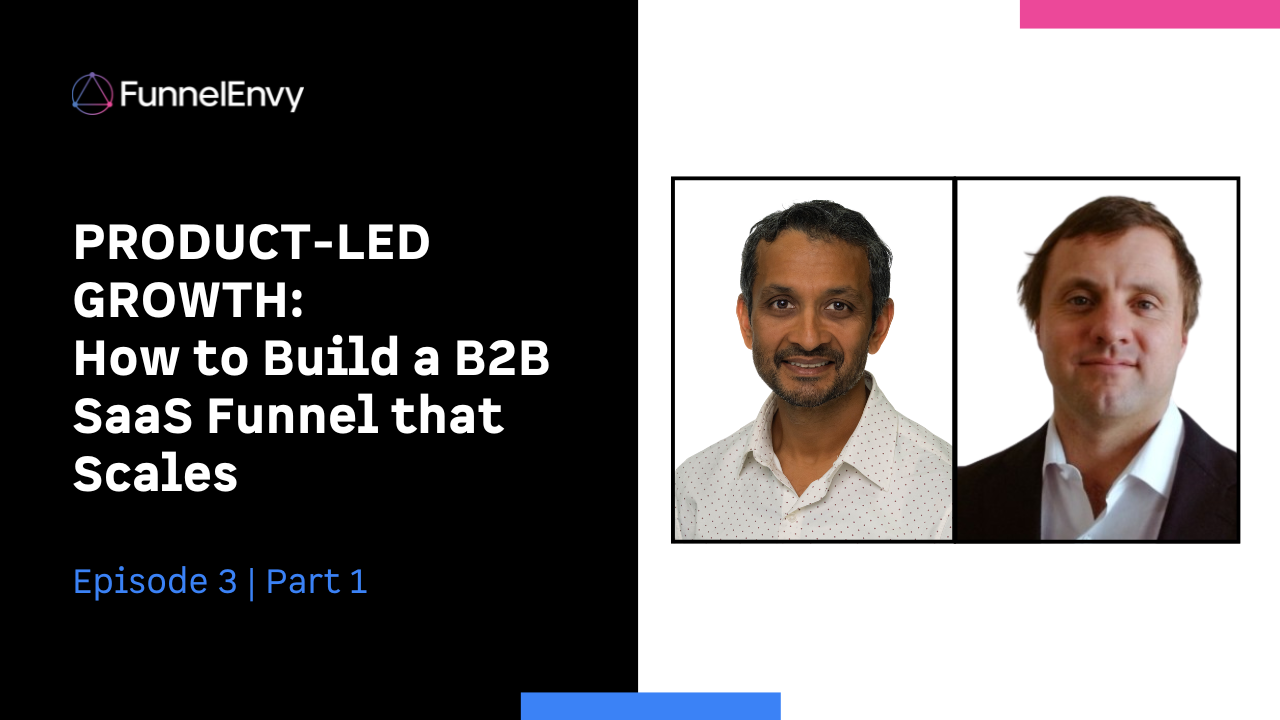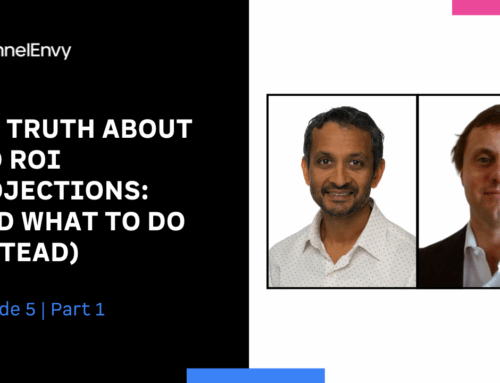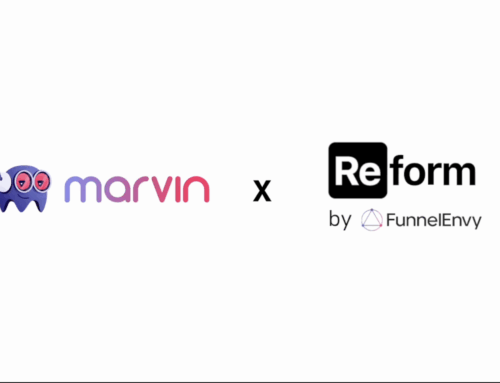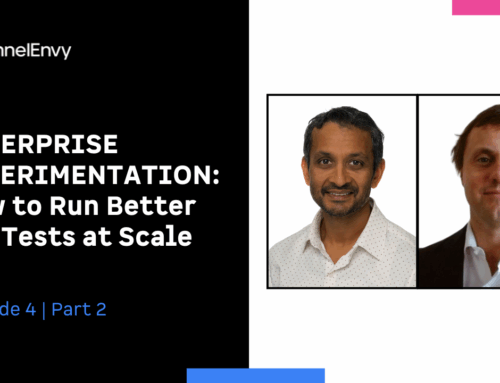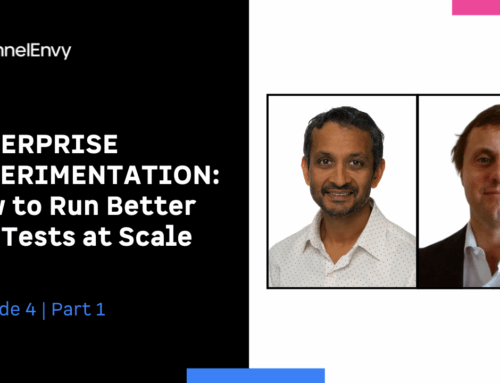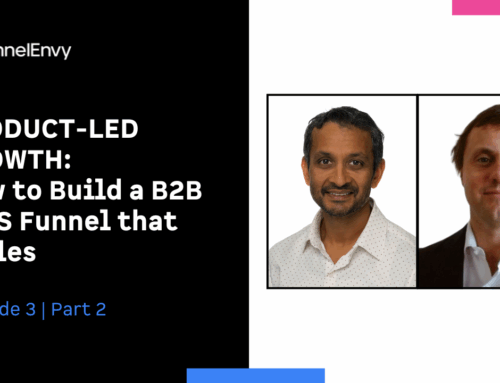Buyers today don’t want to talk to your sales team. At least, not until they understand what your product does—and how it will deliver value.
In this episode of the FunnelEnvy podcast, Arun Sivashankaran and David Janczyn unpack a critical but often misunderstood strategy: Product-Led Growth (PLG) in B2B SaaS. If you’re navigating enterprise complexity or trying to make your funnel more efficient, this conversation is a must-listen.
What is Product-Led Growth (PLG)?
David defines PLG as an onboarding approach that allows customers—especially lower ACV ones—to engage with your product and achieve value without requiring a sales conversation upfront. Think free trials or freemium models.
Arun expands on this, calling PLG a strategic response to changing buyer behavior. Your prospects want value before they speak with a salesperson. PLG helps you deliver that value early, using the product itself as the primary driver of acquisition and conversion.
Why PLG Isn’t a Fit for Every SaaS Company
One key takeaway: PLG doesn’t work for everyone. If you sell a complex product that requires a consultative sales cycle or implementation services, it’s unlikely you’ll get far with a self-service experience.
But if your product offers a straightforward experience that allows users to ramp quickly—PLG can shine.
The Risk & Reward of a PLG Rollout
Rolling out PLG is risky.
You’re exposing part of your product to the market without the insulation of a lead form or salesperson. That’s why Arun emphasizes the importance of iterating through experiments, measuring outcomes, and optimizing accordingly.
David adds that cross-functional alignment is critical. Sales and marketing often operate with different KPIs—and a new PLG motion will impact lead volume, rep quotas, and expectations.
PLG Rollout Strategy: Use Your Forms
FunnelEnvy’s approach? Use multi-step forms and data-driven routing to separate low-intent leads and send them to a PLG experience, while keeping high-fit leads routed to sales.
This allows you to:
- Reduce sales team frustration with low-quality leads
- Improve efficiency by filtering in the right buyers
- Introduce PLG without disrupting your entire GTM motion
Identifying Intent Through Engagement Data
Done right, PLG is an intent engine. Whether through form interactions or in-product behaviors, you can surface buying signals that warrant higher-touch sales engagement.
That’s where Arun highlights the power of AI and machine learning. You don’t need to build static models anymore. With the right feedback loop, Machine Learning can help continuously evolve your ability to predict which behaviors correlate to revenue.
How to Measure PLG Success
The team stresses that revenue should be the north star. Even if you’re capturing incremental signups or engagement, it doesn’t matter unless those leads eventually convert.
That means:
- Measuring cost vs. ROI of routing prospects into PLG
- Tracking pipeline contribution and revenue impact
- Validating PLG performance through real sales outcomes
Website Resources to Support PLG
To support your PLG strategy, Arun references Gartner research highlighting interactive demos as one of the most effective resources on a SaaS website. David adds that while interactive tools work, their quality matters.
Don’t launch underwhelming experiences that fail to communicate value. Consider:
- Ungated demo videos
- Product briefs
- ROI calculators
Start with lightweight options. Validate interest. Then invest.
Final Takeaway: Optimize for Time to Value
Both Arun and David stress this: time to value is everything.
If users don’t immediately experience the value of your product, your PLG motion won’t succeed. And when users stray from the happy path, your data should alert your team to intervene.
Watch Part 1 of Episode 3 on YouTube
Relevant Resource: FunnelEnvy’s Done-for-You Custom Forms
Want to explore PLG for your team? Book a Conversion Audit
